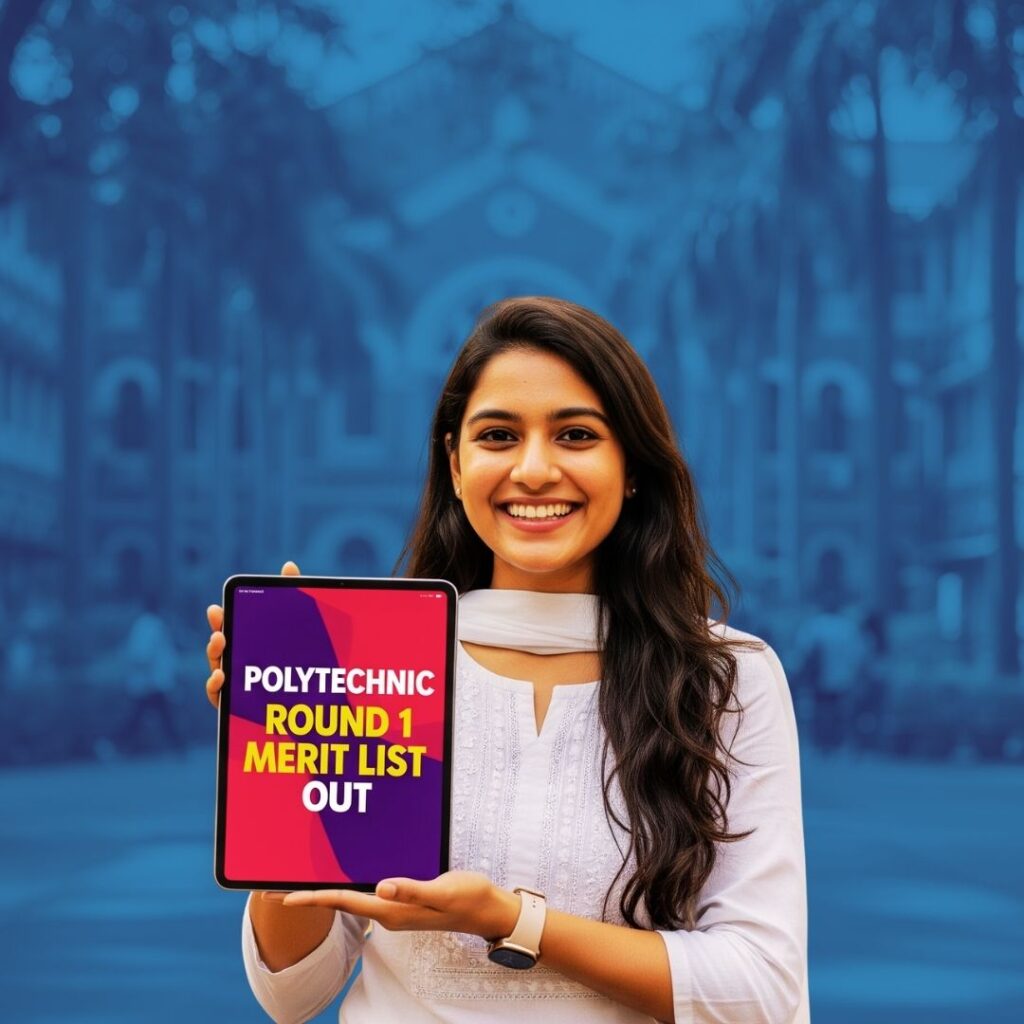Voters in Gujarat used NOTA or None Of The Above option to express their dislike for the contesting political parties. More than 5.5 lakh voters – 1.8% of the total eligible voters – opted to vote for no candidate, while there was a 3% drop in the overall turnout compared to 2012 assembly elections.
NOTA got 2.5 times more votes that the Aam Aadmi Party (AAP) in the 29 seats that the party contested for, reports NDTV. AAP got more votes than NOTA in just one seat – Katargam.
NOTA got more votes than those received individually by parties like the Nationalist Congress Party (NCP), Bahujan Samaj Party (BSP) and the newly floated Bhartiya Tribal Party (BTP). For independent candidates, the total vote percentage stood at 4.3%.
Out of the total 182 constituencies, nearly 100 recorded more than 3,000 NOTA entries and over 5,000 in as many as 16 constituencies. The maximum number of NOTA entries were recorded from Danta – 6,461.
During the 2012 polls, there no provision for NOTA.
As per an analysis by The Hindu, NOTA votes were more than or close to the winning margins in about two dozen constituencies.
Similarly, in Himachal Pradesh, several voters decided to opt for the None Of The Above option. Around 34,000 in the state – 0.9% of the total eligible voters – did not cast their vote for any contesting candidate.
NOTA: good or bad?
In 2009, the Election Commission (EC) had told the Supreme Court that it wishes to give the option of NOTA to voters. Four years later, the apex court ruled that voters have a right to choose none of the contesting candidates or parties while still being able to register their votes.
In the 2014 general elections, there was 1.1% of NOTA votes.
Opting for the none of the above button on the EVM was floated by the apex court as a “voter’s right to reject”.
NOTA replaced Section 49 (O) of the Conduct of Election Rules, 1961 which mandated voters to state the reason to the polling officer for deciding not to vote.
However, former chief election commissioner SY Quraishi, is of the opinion that NOTA does not mean a “right to reject” and won’t have any effect on election results because such votes are considered invalid and the candidate with the maximum votes is still declared the winner.
In an opinion piece in The Indian Express, Quraishi said, “Even if there are 99 NOTA votes out of a total of 100, and candidate X gets just one vote, X is the winner, having obtained the only valid vote. The rest will be treated as invalid or no votes.”
Therefore, NOTA is not a “right to reject” but to ensure secrecy, unlike in the former Section 49 (O). It gives people a chance like in the case of ballot voting where they would put blank slips in the ballot or stamp it more than once to make it invalid. Such votes were counted but rejected and had no effect on the election result.
EVM machines give a loud beep after a person has cast his vote, unlike in ballot voting. No beep would mean non-voting. The introduction of NOTA gives voters a chance to vote in nobody’s name in secrecy and ensure that no bogus votes are cast in their name.
The SC opines that negative voting leads to a “systematic change” in polls and political parties will be forced to project clean candidates.
Even though NOTA is not really a “right to reject”, it ensures fairer and more transparent elections, and is a step toward achieving better electoral reforms.











